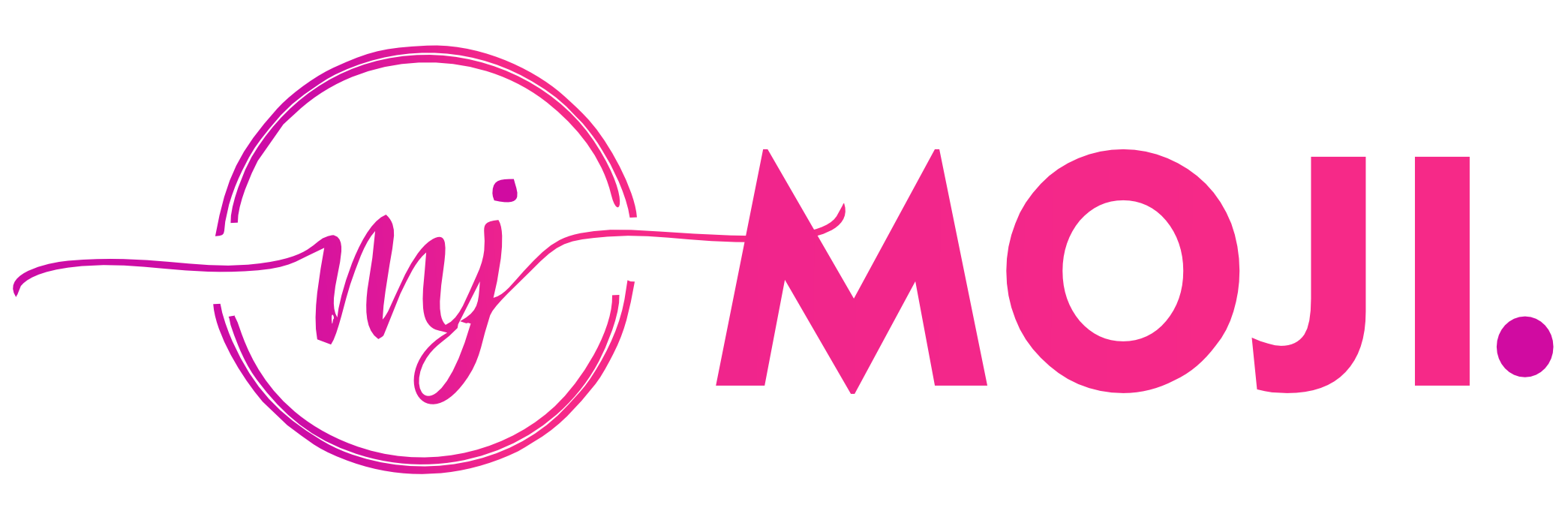.jpg)
In theory, this enables the endless transfer of balances between cards, and since so many offers are available, this could be carried out for a long period of time. But many banks now have become aware of this practice, and introductory rates are offered only a limited number of times. Credit card companies also charge fees for balance transfers, usually 3%.2 In this case, the kiter is delaying legally due balances, and potentially, interest payable to the credit card bank. Kiting is a fraudulent activity that involves manipulating bank accounts to artificially inflate the available balance. These include frequent large deposits and withdrawals, overdrafts and bounced checks, and suspicious transactions. By understanding these warning signs, you can protect yourself and your finances from being affected by kiting.
Steps Involved in Credit Card Kiting
To fully understand how kiting works, it is recommended to take lessons from a certified instructor and always follow safety guidelines for an optimal kiting experience. She holds a Bachelor of Science in Finance degree from Bridgewater State University and helps develop content strategies.
Overdrafts and Bounced Checks
A person or company might use kiting to artificially inflate the balance in a bank account in order to appear to have more funds than they actually do, or even to avoid overdraft fees. Many payment services, such as PayPal and Square, allow people to receive credit card payments for low prices, which could be made to oneself. In this case, the kiter is creating cash while avoiding legally entitled cash advance fees. This is a violation of PayPal3 kiting credit cards and Square4 Terms of Service contracts and agreements. As noted above, a debt will only be excepted from discharge under Section 523(a)(2)(A) if the creditor justifiably relied on the false representation.
.jpg)
Federal Laws on Credit Card Stacking
- In all cases, it’s important to understand that kiting is illegal and can lead to criminal charges, fines, and imprisonment.
- Kiting can be defined as a criminal act of misusing banking financial instruments to obtain unauthorized credits in bank a/c or to avoid a particular debit impact.
- This action carries severe financial, legal, and reputational consequences.
- To fully understand how kiting works, it is recommended to take lessons from a certified instructor and always follow safety guidelines for an optimal kiting experience.
- Kiting is a crucial term in finance as it refers to a fraudulent practice that can have significant impacts on a business’ financial standing and reputation.
Check kiting may involve writing cheques with an insufficient bank balance, or a person with two bank accounts may write a cheque on one bank in favor of the second bank for clearing its dues and bank balance in the first bank. Then, he writes a cheque in favor of the first bank on the second day, creating a virtual bank balance. Bankers are smart people and these days every banks diligently monitor your credit card activities. Monitoring helps banks to get warning signals on your accounts in advance and hence prevent a bad debt for their loans book. It might entail writing checks with a low bank balance, or someone with two accounts could use one to write a check to the other to pay off debts and clear the balance in the first bank. On the second day, he writes a check in the first bank’s favor, establishing a virtual bank balance.
- The cash then is deposited into their account to cover the first check, starting the retail kiting cycle.
- On the institutional side, if a bank fails to detect kiting, other members of the bank could sue the institution for failure to properly care for the funds in their bank account.
- In addition, laws in various states relate to credit card stacking indirectly.
- The crime is committed when the funds are used by the fraudulent party before banks discover the deceit, which can take time due to the “float” time between deposits.
- Such firms will be charged with a delinquent act of kiting if they purposefully neglect to purchase short securities.
- Kiting is primarily a method used to manipulate an account’s balances artificially.
Check Kiting, Float for Purposes of Profit
In that case, your borrowing is fraud since you have no intent to repay. “Intent” is not merely wishful thinking; it means making a viable plan and executing diligently on it. Our mission is to empower you with the tools and knowledge you need to make informed decisions, understand intricate financial concepts, and stay ahead in an ever-evolving market. Ultimately to avoid the debt snowballing, selling down some high value asset may be in order, and soon.
Best practices
Regular reviews of personal credit reports can also help in spotting any discrepancies or possible fraudulent activities on your accounts. Some states, like California, have strict laws against certain credit card practices, including the collection of upfront fees for certain services. Kiting refers to the practice of intentionally writing checks for more money than is currently available in a bank account, with the expectation of making a deposit to cover the check before it is processed. Certain checks and monitoring mechanisms need to be implemented to identify and prevent a kiting transaction. Consequences and penalties vary on the nature and value of such transactions undertaken by the offender.
Government regulations also enforce policies that require checks to be cleared within a certain period of time, to prevent attempts at kiting. Retail kiting is very similar to check kiting, but the recipient is different. If a shopper writes a fraudulent check at a grocery store or clothing store to make a purchase, they can then write a second check and ask for a cashback payment. The cash then is deposited into their account to cover the first check, starting the retail kiting cycle. When someone artificially inflates the value of a financial account to get access to unauthorized funds, they are kiting.

